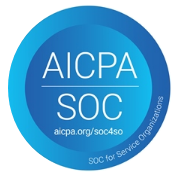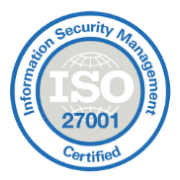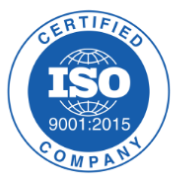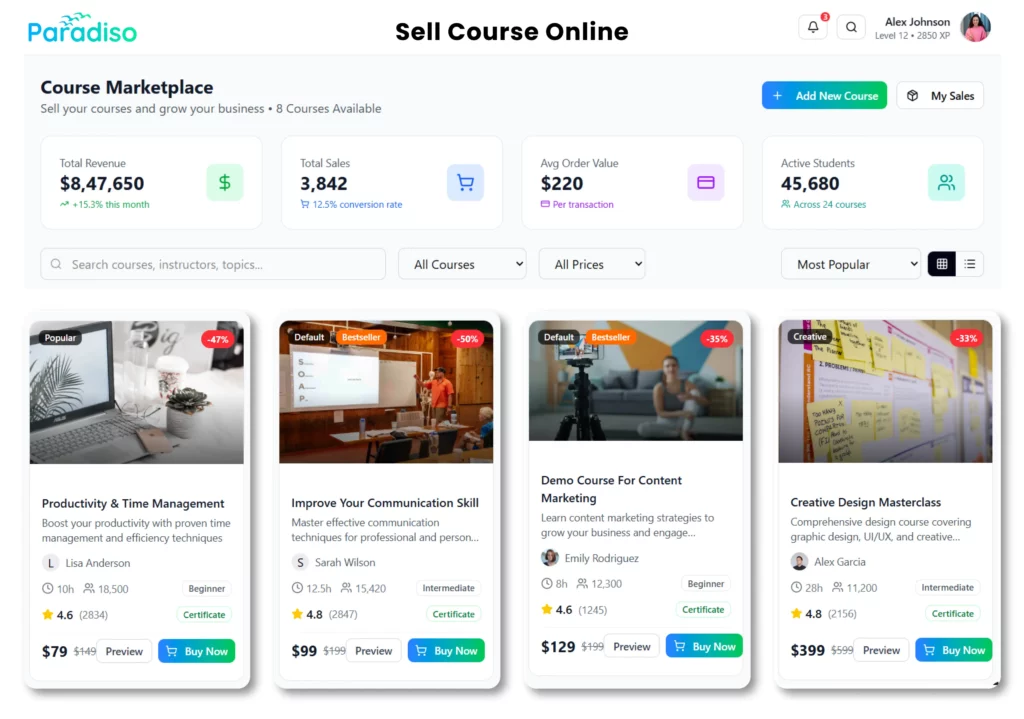In today’s fast-paced digital landscape, a Learning Management System (LMS) is no longer a luxury but a necessity for enterprises aiming to streamline training, enhance employee skills, and drive organizational growth. However, choosing an LMS is not a decision to be taken lightly. The wrong choice can lead to wasted resources, low user adoption, and ultimately, a failed learning strategy. To help you avoid these pitfalls, let’s explore the most common mistakes enterprises make when choosing an LMS and how you can steer clear of them.
1. Not Defining Clear Objectives
One of the biggest mistakes organizations make is jumping into the selection process without a clear understanding of their goals. An LMS is a powerful tool, but its effectiveness depends on how well it aligns with your organization’s needs. Are you looking to onboard new employees, provide compliance training, or upskill your workforce? Without defined objectives, you risk investing in a system that doesn’t meet your requirements.
To avoid this, start by identifying your key pain points and desired outcomes. Create a list of must-have features and prioritize them. This will not only streamline the selection process but also ensure that the LMS you choose delivers measurable results.
2. Overlooking User Experience
An LMS is only as good as its adoption rate. If your employees find the platform difficult to navigate or unintuitive, they’re unlikely to engage with it. Unfortunately, many organizations focus solely on the technical features of an LMS and overlook the user experience.
When choosing an LMS, prioritize platforms that offer a clean, user-friendly interface. Look for features like easy navigation, mobile compatibility, and personalized dashboards. A system that’s intuitive and engaging will encourage higher participation and better learning outcomes.
3. Ignoring Scalability
Your organization’s needs today may not be the same a year from now. Choosing an LMS that lacks scalability can lead to costly upgrades or even a complete system overhaul down the line. Many enterprises make the mistake of selecting a platform that meets their current needs but fails to accommodate future growth.
To future-proof your investment, opt for an LMS that can scale with your organization. Whether you’re planning to expand your team, add new courses, or integrate advanced features, ensure the platform can handle your evolving requirements.
4. Focusing Only on Price
While budget is an important consideration, basing your decision solely on price can be a costly mistake. Cheap or free LMS solutions often come with limited features, poor support, and hidden costs. On the other hand, the most expensive option isn’t always the best fit either.
Instead of focusing on price alone, consider the value the LMS brings to your organization. Look for a solution that offers a balance of affordability and functionality. Remember, a well-chosen LMS is an investment that can deliver significant returns in terms of employee performance and organizational growth.
5. Neglecting Integration Capabilities
In today’s interconnected world, an LMS doesn’t operate in isolation. It needs to integrate seamlessly with your existing tools and systems, such as HR software, CRM platforms, and content authoring tools. Failing to consider integration capabilities can lead to data silos, inefficiencies, and a disjointed user experience.
When evaluating an LMS, ensure it supports integrations with the tools your organization already uses. This will not only streamline workflows but also provide a more cohesive learning experience for your employees.
6. Overlooking Analytics and Reporting
Data-driven decision-making is crucial for the success of any learning program. Yet, many organizations choose an LMS without robust analytics and reporting features. Without access to detailed insights, it’s impossible to measure the effectiveness of your training programs or identify areas for improvement.
Look for an LMS that offers comprehensive reporting tools, including real-time analytics, customizable dashboards, and detailed progress tracking. These features will enable you to monitor learner engagement, assess training outcomes, and make informed decisions to optimize your learning strategy.
7. Not Prioritizing Customer Support
Even the most user-friendly LMS can encounter technical issues or require customization. Unfortunately, many organizations underestimate the importance of reliable customer support when choosing an LMS. Poor support can lead to prolonged downtime, frustrated users, and a negative impact on your training initiatives.
Before making a decision, evaluate the vendor’s support offerings. Do they provide 24/7 assistance? Are there multiple channels for support, such as phone, email, and live chat? A vendor with a strong support system can make all the difference in ensuring a smooth implementation and ongoing success.
8. Failing to Involve Key Stakeholders
An LMS impacts multiple departments, from HR and IT to training and development. Yet, many organizations make the mistake of leaving the decision-making process to a single team or individual. This can result in a system that doesn’t meet the needs of all users.
To avoid this, involve key stakeholders from the outset. Gather input from different departments to understand their requirements and expectations. This collaborative approach will help you choose an LMS that aligns with the needs of your entire organization.
9. Overlooking Content Compatibility
Your LMS is only as effective as the content it delivers. Many organizations make the mistake of choosing a platform without considering content compatibility. Whether you’re using SCORM, xAPI, or other eLearning standards, ensure the LMS supports the formats you need.
Additionally, consider the ease of content creation and management. Does the platform offer built-in authoring tools? Can you easily upload and organize existing content? These factors are critical for delivering a seamless learning experience.
10. Not Taking a Test Drive
Finally, one of the most common mistakes is failing to test the LMS before making a purchase. A demo or free trial allows you to evaluate the platform’s features, usability, and performance in a real-world setting. Skipping this step can lead to unpleasant surprises after implementation.
Take advantage of free trials and demos to thoroughly test the LMS. Involve your team in the evaluation process and gather feedback to ensure the platform meets your needs.
Why Paradiso LMS Stands Out
When it comes to choosing an LMS, Paradiso LMS offers a comprehensive solution that addresses these common pitfalls. With its user-friendly interface, robust scalability, and seamless integration capabilities, Paradiso LMS is designed to meet the needs of modern enterprises. The platform also provides advanced analytics, 24/7 customer support, and compatibility with various eLearning standards, ensuring a smooth and effective learning experience.
By avoiding these common mistakes and choosing a reliable partner like Paradiso LMS, you can unlock the full potential of your training programs and drive organizational success.
Conclusion
Choosing the right LMS is a critical decision that can significantly impact your organization’s learning and development initiatives. By avoiding these common mistakes—such as unclear objectives, poor user experience, and inadequate support—you can make an informed choice that delivers long-term value. Remember, the goal is not just to implement an LMS but to create a learning ecosystem that empowers your employees and drives business growth.
Ready to take the next step? Explore Paradiso LMS today and discover how it can transform your training programs. With the right platform, you can turn your learning strategy into a powerful driver of success.

























